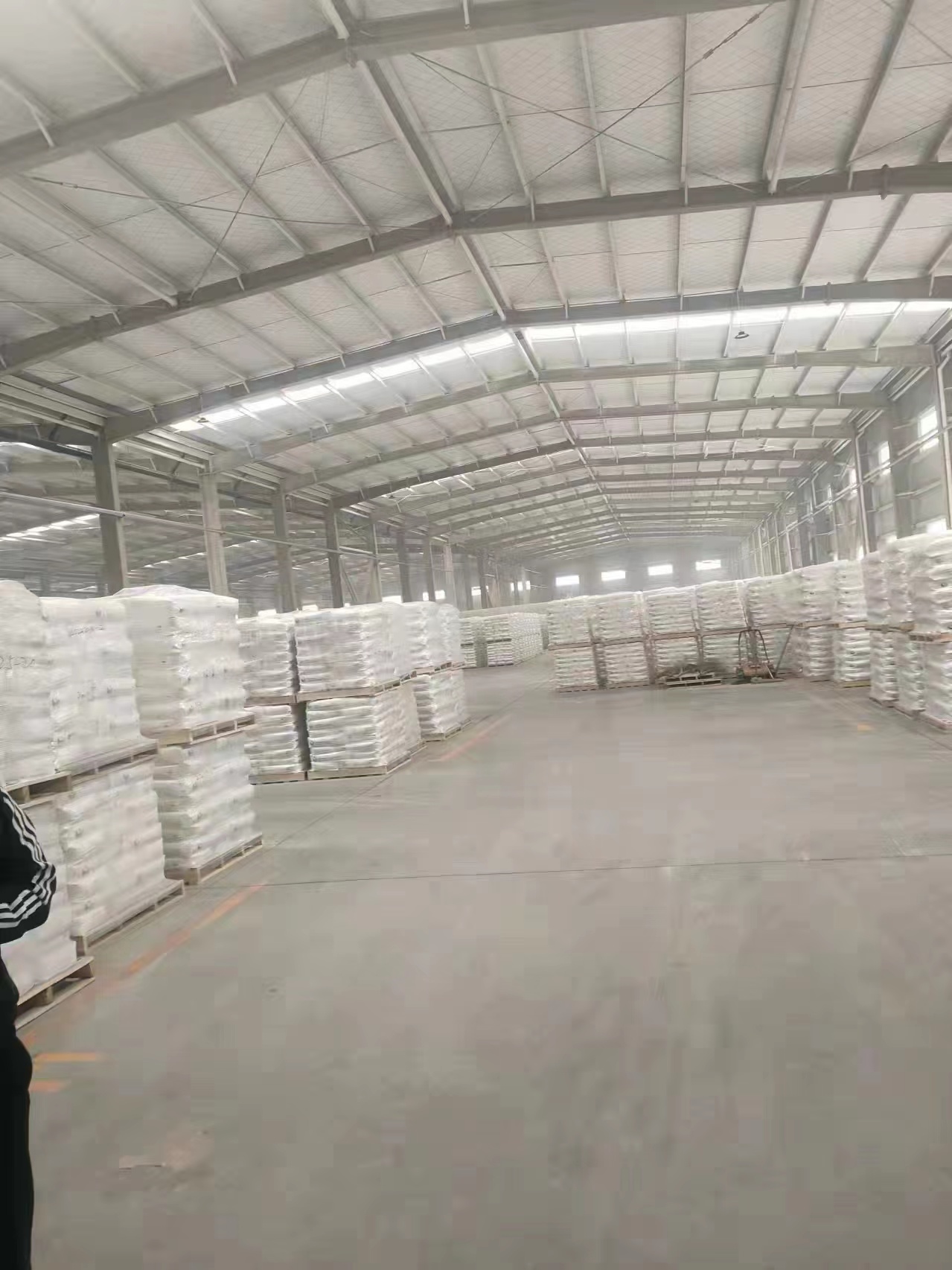
Dec . 25, 2024 14:45 Back to list
Titanium Dioxide Applications in the Paper Industry for Enhanced Quality and Performance
The Role of TiO2 in Paper Manufacturing
Titanium dioxide (TiO2) is a versatile and widely used pigment that plays a crucial role in various industries, including the paper manufacturing sector. Its unique properties, such as high opacity, brightness, and excellent UV resistance, make it an essential additive in the production of high-quality paper products. This article explores the significance of TiO2 in paper manufacturing, its benefits, and its impact on the final product.
Understanding TiO2
Titanium dioxide is a naturally occurring mineral that can be found in various forms, primarily as rutile and anatase. It is known for its exceptional reflection of visible light, which gives it the ability to enhance brightness and whiteness when incorporated into products. In paper manufacturing, TiO2 is utilized primarily as a pigment to improve the aesthetic and functional properties of paper products.
Applications of TiO2 in Paper Making
In the paper production process, TiO2 is used not just for its pigmenting properties, but also for its ability to enhance the surface characteristics of the paper. When incorporated into the paper pulp or as a coating, TiO2 improves brightness and opacity, leading to better printability and visual appeal. The application of TiO2 in paper making can be classified into two main categories as a filler and as a coating pigment.
1. Filler TiO2 is often used as a filler in the paper pulp. It enhances the bulk and surface area of the paper while maintaining its smoothness. When added to the pulp, TiO2 increases the paper's opacity, allowing for less light to pass through, which is especially beneficial for papers that require significant white space, such as brochures, magazines, and packaging materials.
2. Coating In addition to being used as a filler, TiO2 is also applied as a coating pigment on the surface of paper. This coating process improves not only the opacity and brightness of the paper but also produces a smooth surface that is ideal for high-quality printing. Coated papers exhibit better ink absorption and color reproduction, making them the preferred choice for photographic paper, art prints, and other materials where visual quality is paramount.
Benefits of Using TiO2 in Paper Production
tio2 used in paper factory

The incorporation of TiO2 into paper products offers several benefits
- Enhanced Brightness and Opacity TiO2 significantly boosts the brightness and opacity of paper, leading to products that are visually appealing and suitable for various printing applications.
- Improved Print Quality The smooth coating provided by TiO2 allows for better ink adherence and absorption. This leads to sharper images, vibrant colors, and overall superior print quality.
- Durability and UV Resistance TiO2 exhibits excellent UV stability, which means that papers containing this pigment will resist yellowing or fading when exposed to sunlight. This makes TiO2-containing papers desirable for outdoor use or long-term publications.
- Cost-Effectiveness Although the initial cost of TiO2 might be higher compared to other fillers, its ability to enhance the overall quality of paper can lead to cost savings in production and increased sales for manufacturers.
Environmental Considerations
While TiO2 offers numerous advantages in paper manufacturing, there are also important environmental considerations. The production of TiO2 can involve significant energy consumption and environmental impacts. Consequently, there has been an increasing demand for sustainable practices in using TiO2, such as sourcing it from more environmentally friendly production processes or exploring alternative materials.
Conclusion
Titanium dioxide plays an integral role in the paper manufacturing industry, enhancing the brightness, opacity, and overall quality of paper products. Its unique properties make it an invaluable additive for various applications, from everyday printing paper to high-end art prints. While there are environmental considerations associated with its production, the benefits it offers in terms of product quality cannot be understated. As the industry evolves, the use of TiO2 will continue to adapt, balancing quality enhancement with sustainability efforts. Moving forward, innovations in both the use of TiO2 and the development of sustainable practices will shape the future of paper manufacturing, ensuring that high-quality products can be delivered while minimizing the environmental footprint.
-
Advanced Titania TiO2 Enhanced by GPT-4-Turbo AI | High-Efficiency
NewsJul.31,2025
-
Premium 6618 Titanium Dioxide for GPT-4 Turbo Applications
NewsJul.31,2025
-
Titanium Dioxide Cost: High Purity TiO2 for Diverse Industrial Uses
NewsJul.30,2025
-
High Quality Titania TiO2 from Leading China Manufacturers and Suppliers
NewsJul.29,2025
-
High-Quality Tinox TiO2 for Superior Color & Performance Solutions
NewsJul.29,2025
-
High Quality Titania TiO2 from Leading China Supplier & Manufacturer
NewsJul.29,2025
